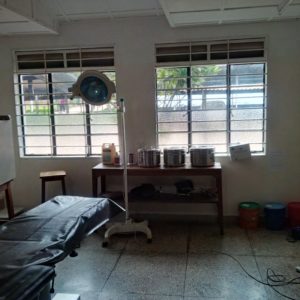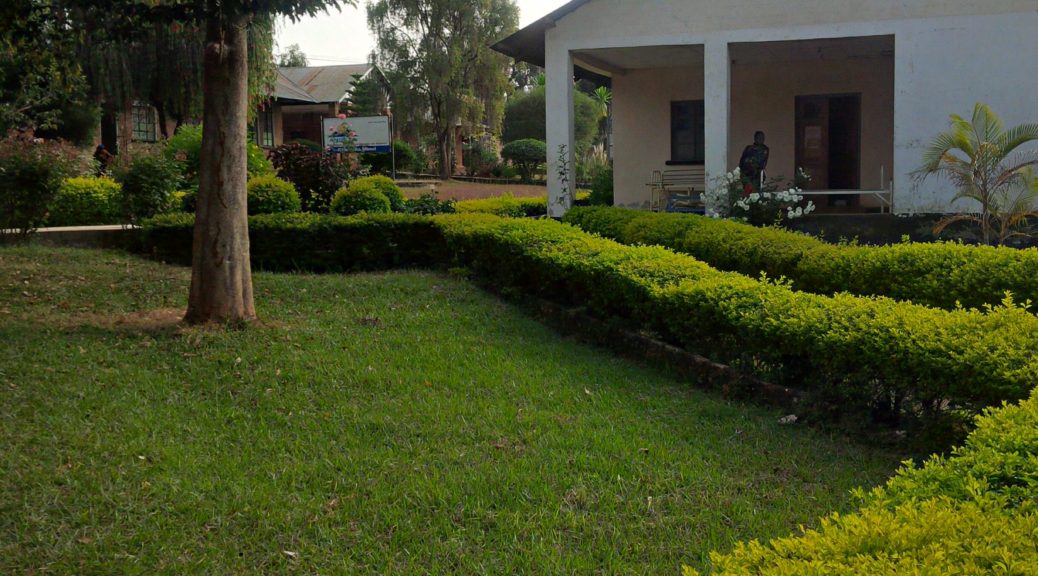Technical audit of nosocomial infection control and environmental impact management procedures at M’bozi Hospital, Tanzania. Hôpitaux Universitaires de Genève. July – December 2017.
Tanzania is a moderately developed African country and has been in peace for many years. It was propelled into a modernity by Julius Nyerere, President of the Republic from 1964 to 1985, who theorised the importance of education and environment in the social development of the country.
 The hospital of M’bozi is a confessional medical structure of 120 beds, equipped with 2 operating theaters and a large maternity ward. It is located in rural areas in southwestern Tanzania at the junction of the two branches of the African rift. When it was built, the hospital was very famous and modern, but the quality of the treatment deteriorated over time.
The hospital of M’bozi is a confessional medical structure of 120 beds, equipped with 2 operating theaters and a large maternity ward. It is located in rural areas in southwestern Tanzania at the junction of the two branches of the African rift. When it was built, the hospital was very famous and modern, but the quality of the treatment deteriorated over time.
The Department of Tropical and Humanitarian Medicine (SMTH) of Geneva University Hospitals (HUG) funded by the International Solidarity Services of the Canton of Geneva (SSI) collaborated for several years in setting up a nursing school next to this hospital. As the project ended successfully, the SMTH wanted to focus on patient care conditions in the nearby hospital.
 The audit consisted of looking holistically at all the non-medical aspects of hospital management. The quality and reliability of the water resource, hospital hygiene management procedures, including hand hygiene and cleaning procedures, as well as the waste management system, particularly the infectious waste system and the sewage system have been evaluated. Similarly, the supply of energy, its security and nature, the management of toxic waste, the logistical procedures of supply are the subject of a study.
The audit consisted of looking holistically at all the non-medical aspects of hospital management. The quality and reliability of the water resource, hospital hygiene management procedures, including hand hygiene and cleaning procedures, as well as the waste management system, particularly the infectious waste system and the sewage system have been evaluated. Similarly, the supply of energy, its security and nature, the management of toxic waste, the logistical procedures of supply are the subject of a study.
This study has shown that with relatively small investments, the quality of care of patients in its non-medical aspects could be brought up to the most modern Tanzanian standards and reduce operating costs to make the economic model of viable hospital.
Practical recommendations in the short and medium term were issued in order to provide quick answers to the problems raised and to design a realistic improvement plan.
